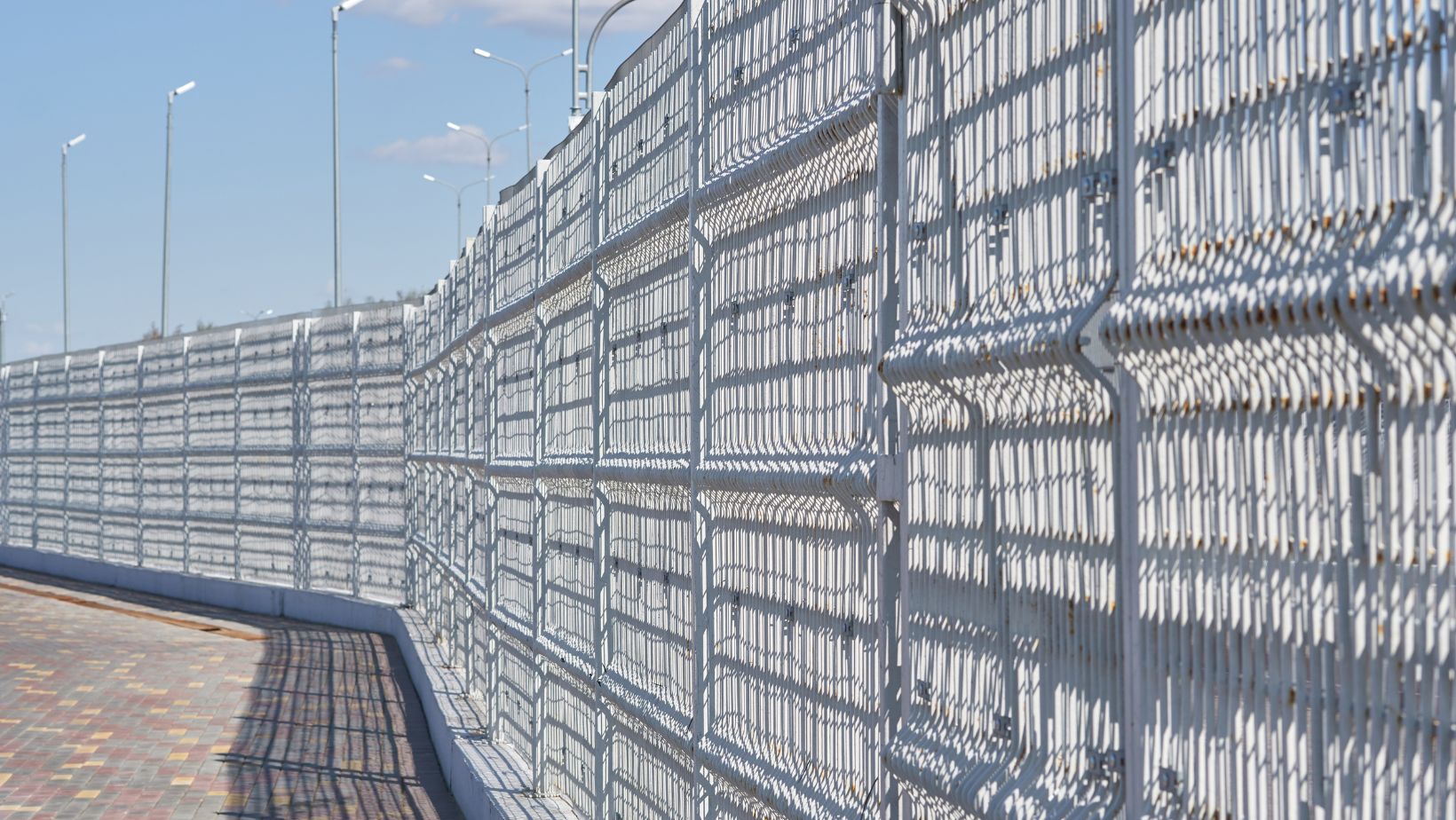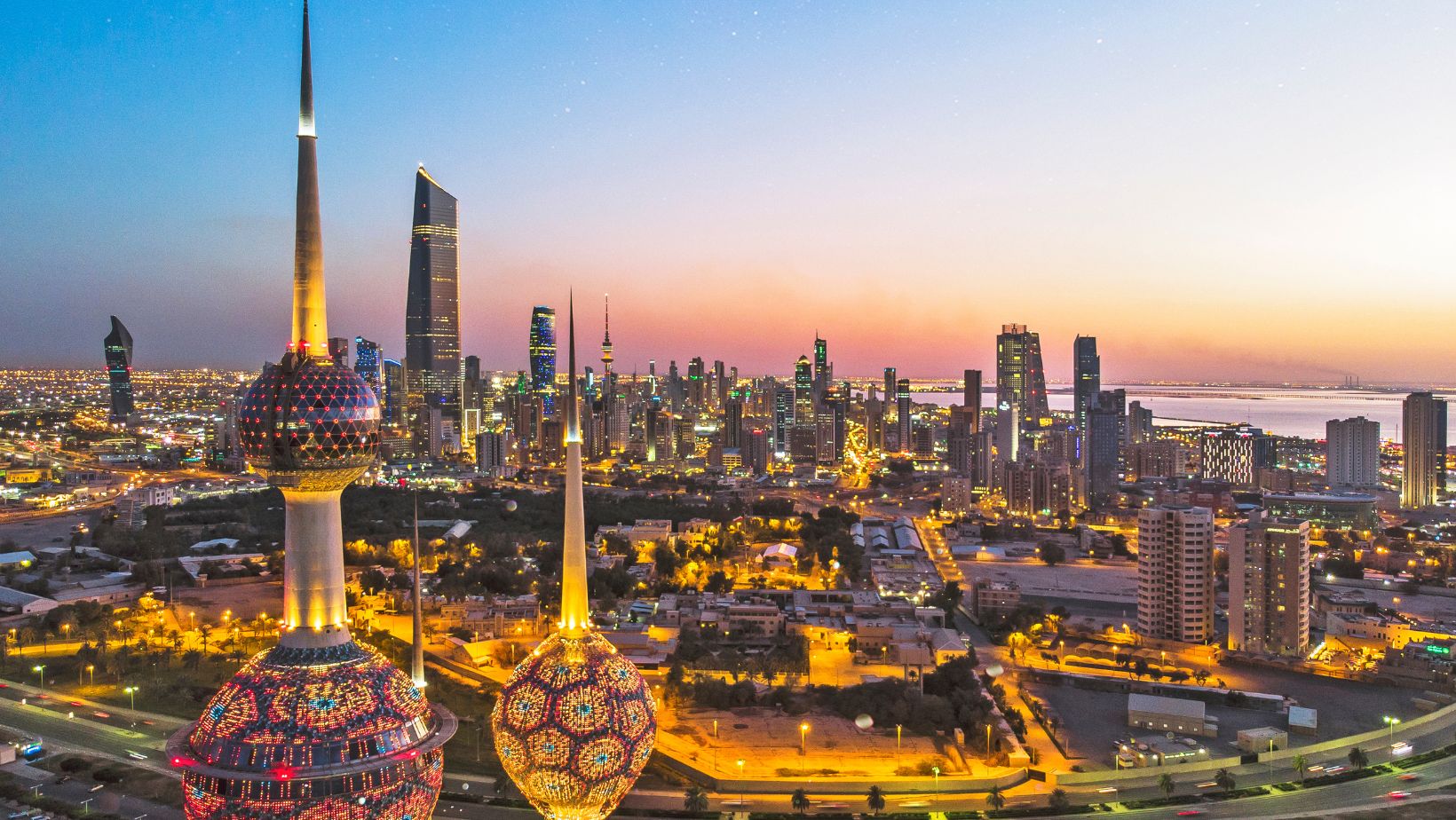As security needs grow, so does the demand for sustainable, environmentally friendly solutions that can protect properties and avoid compromising ecological standards. Modern perimeter security technologies are increasingly incorporating sustainable designs, renewable energy sources, and materials that reduce environmental impact. These innovations ensure effective defense against threats and align with green initiatives, ideal for organizations and facilities aiming to meet sustainability goals. Take a look at some of the most advanced sustainable technologies enhancing perimeter security today.
Table of Contents
ToggleReinforced and Sustainable Barrier Solutions
Barrier systems are a crucial element of perimeter security, preventing unauthorized vehicle access and protecting against potential threats. If you are looking for barriers that can withstand high impacts and create an effective physical deterrent, ram barriers might be the go-to choice. Many manufacturers now offer these barriers in eco-friendly materials or designs that incorporate recycled components to further minimize their environmental footprint.
Some barriers are powered by renewable energy sources, which reduces the need for grid electricity and lowers operational costs. Sustainable ram barriers are increasingly popular for facilities focused on robust security solutions that also prioritize environmental responsibility.
Biometric Access Control with Low-Energy Use
Biometric access control is increasingly becoming an integral part of sustainable security solutions, allowing facilities to control access points effectively and not require excessive energy. Fingerprint, facial recognition, and iris scanning technologies can now operate with lower power consumption and rely on sustainable battery options for backup. Integrating these systems with smart energy management tools also helps to optimize power use so that the technology remains active only when necessary.

Biometric systems enhance security by reducing the need for physical keys or access cards, which can be lost or duplicated. Their digital nature also means that fewer resources are used for replacement, a greener choice for high-security facilities.
Solar-Powered Surveillance and Lighting Systems
Energy-efficient lighting and surveillance aim to maintain visibility and monitor perimeter activity, especially in remote or high-security locations. Solar-powered cameras and LED lighting systems are popular options, as they use renewable energy to operate, reducing overall energy consumption and operational costs. Advanced motion-sensing technology further enhances efficiency by activating lights and cameras only when movement is detected, extending battery life and minimizing light pollution.
Solar-powered systems can be beneficial in areas where access to traditional power sources is limited, as they are easy to install and operate independently. Thanks to continuous advancements in solar technology, these systems offer reliable performance without adding to the environmental load.
Smart Fencing with Renewable Energy Integration
Smart fencing combines physical barriers with electronic monitoring for advanced security.

Many of these fences now incorporate renewable energy sources, such as solar panels, to power sensors, alarms, and communication systems. It’s a setup that allows for continuous monitoring, ideal for environmentally conscious facilities.
Smart fencing technology can detect unauthorized entries, monitor for tampering, and alert security teams immediately. By integrating renewable energy into these fences, facilities can maintain effective perimeter security while reducing their carbon footprint, showcasing the potential of smart, eco-friendly technology.
Incorporating sustainable technologies into perimeter security provides both reliable protection and environmental benefits. The innovative solutions outlined in this article all offer effective defense mechanisms without compromising sustainability. As the security industry continues to prioritize green practices, these technologies set the standard for safe and sustainable perimeter protection.



